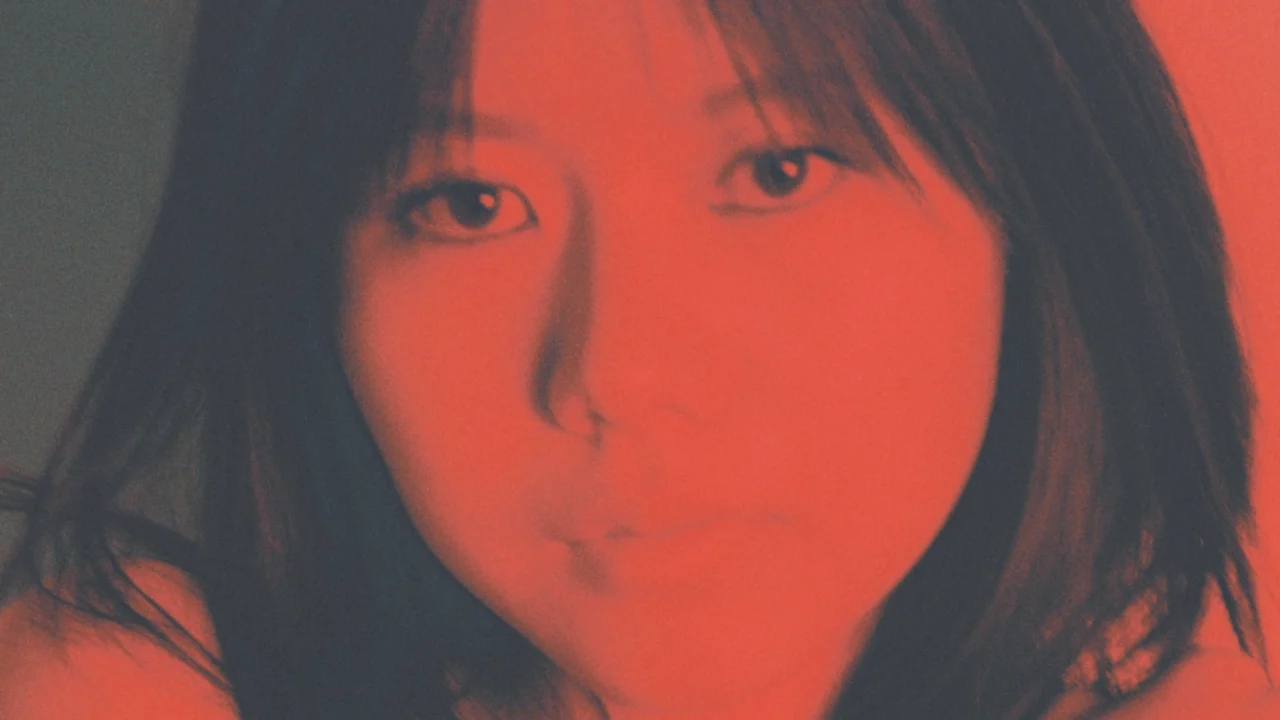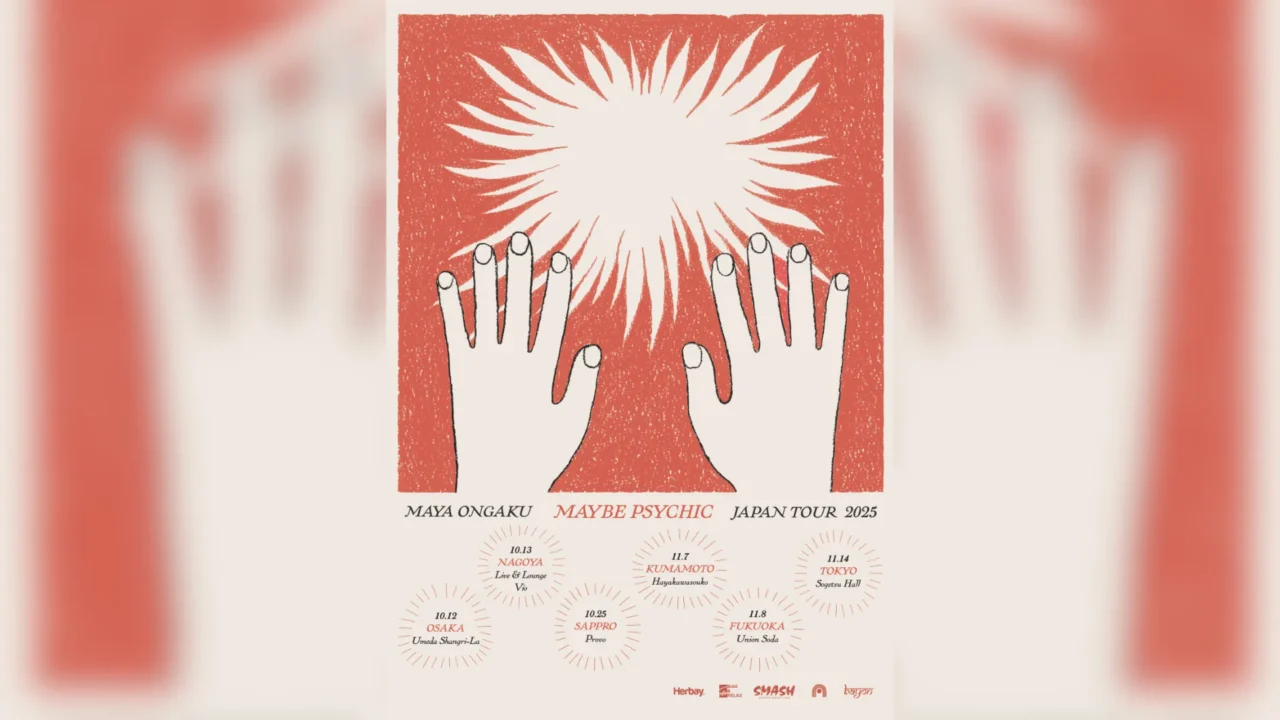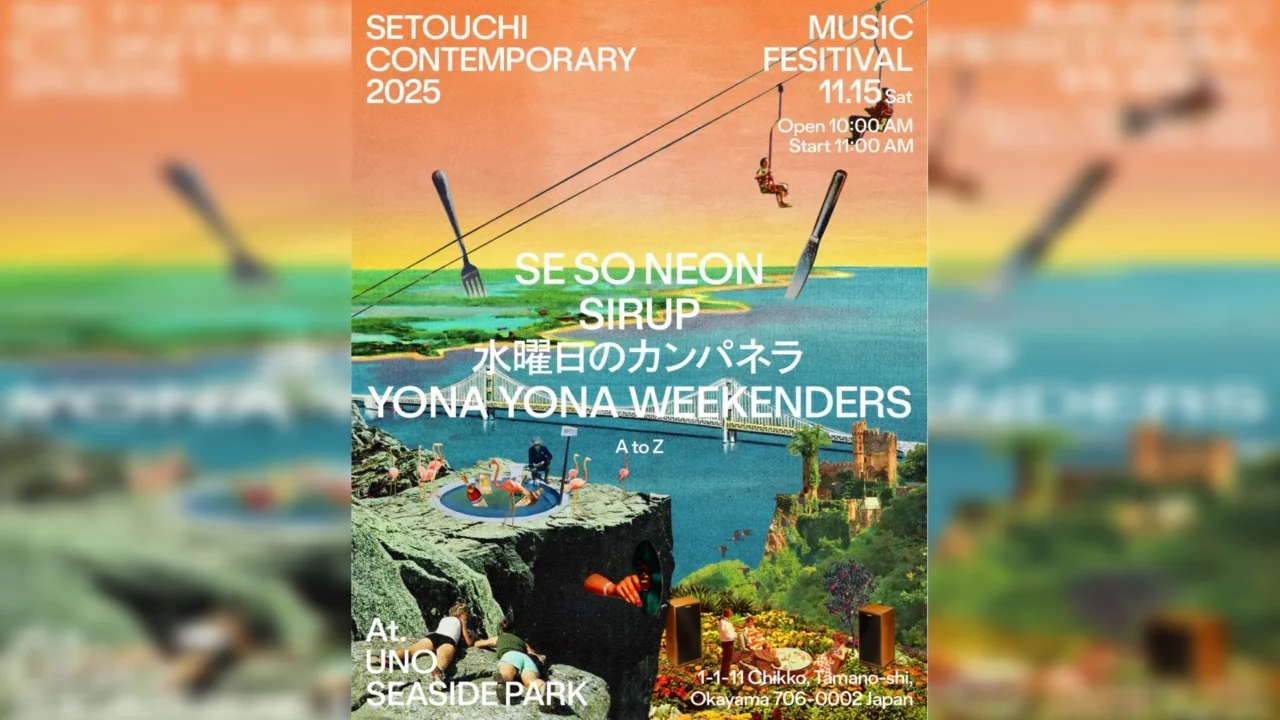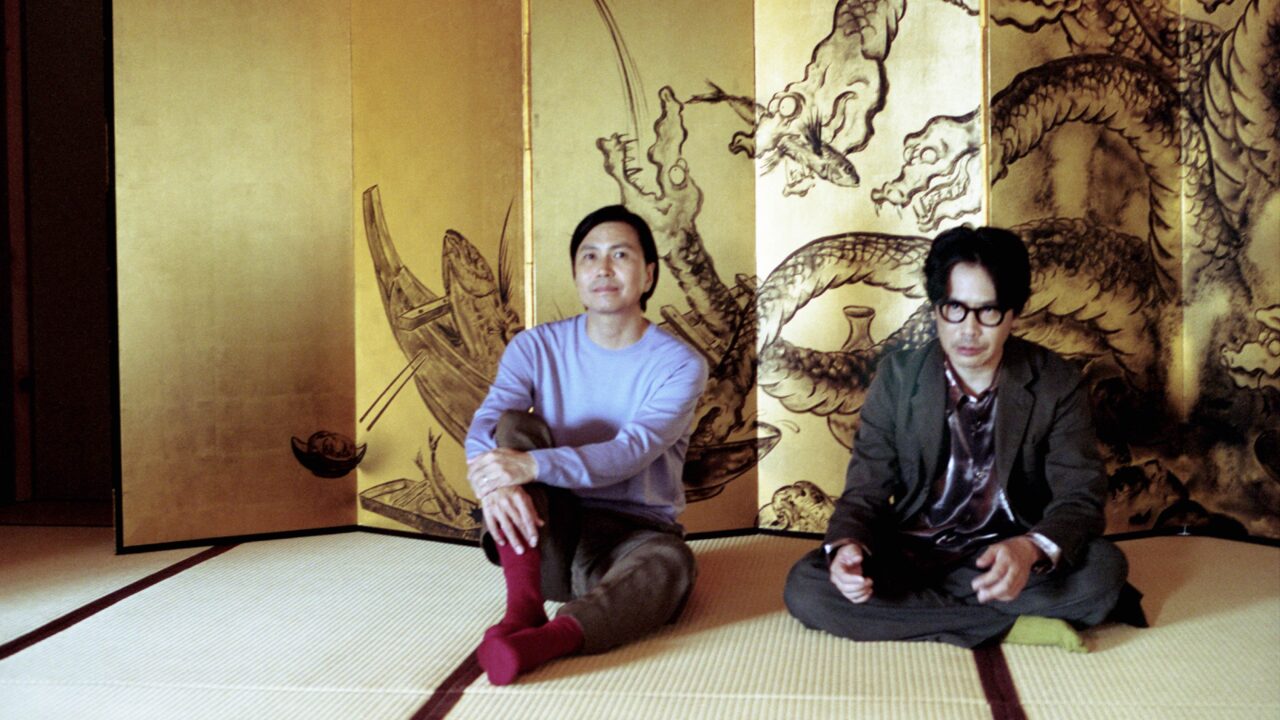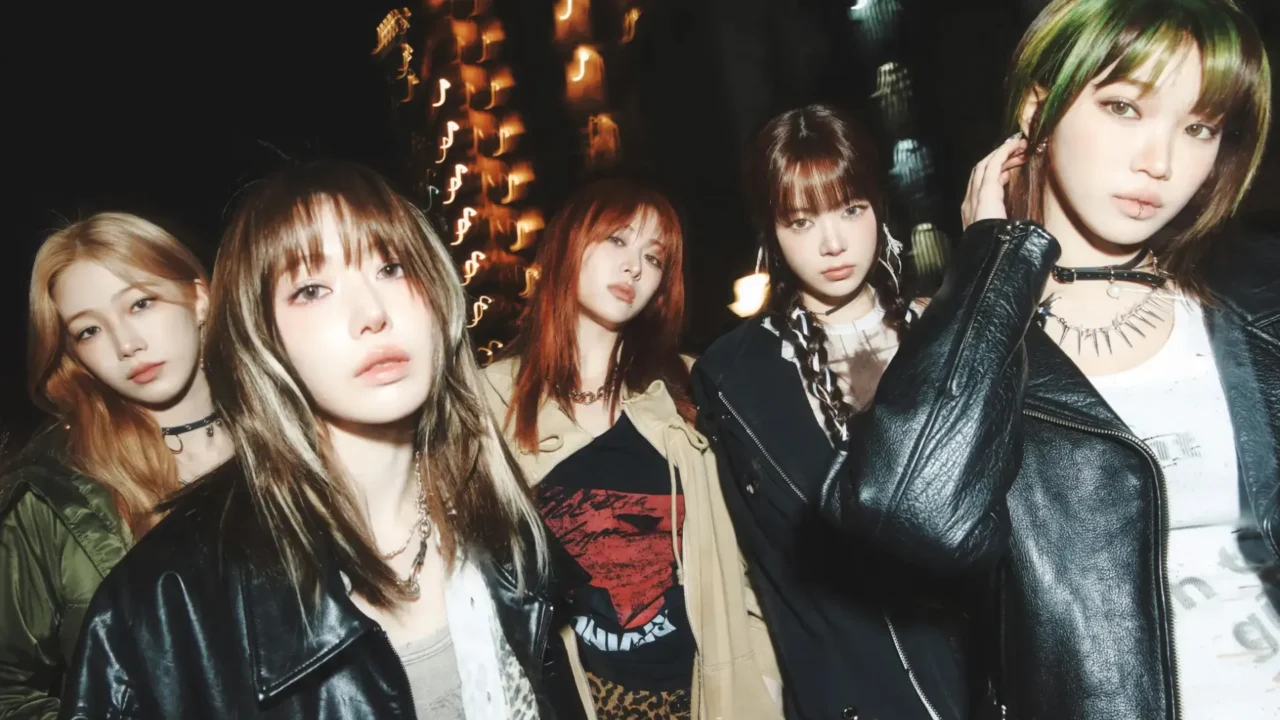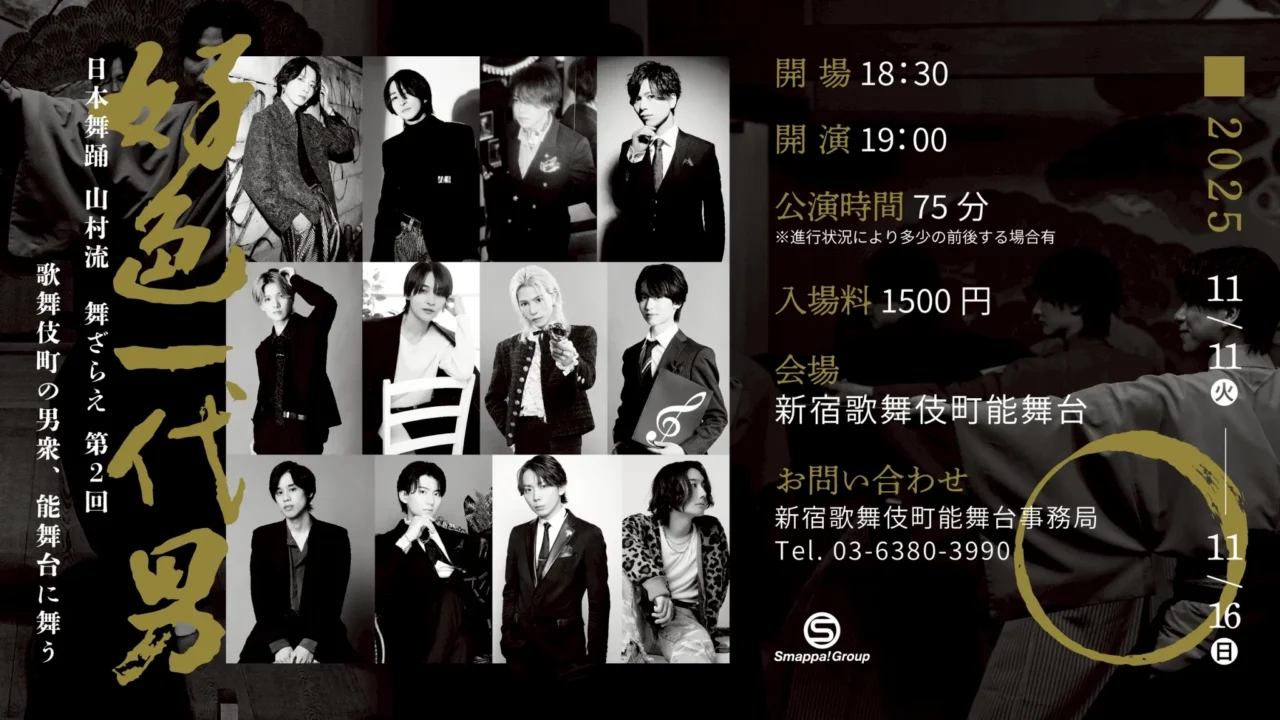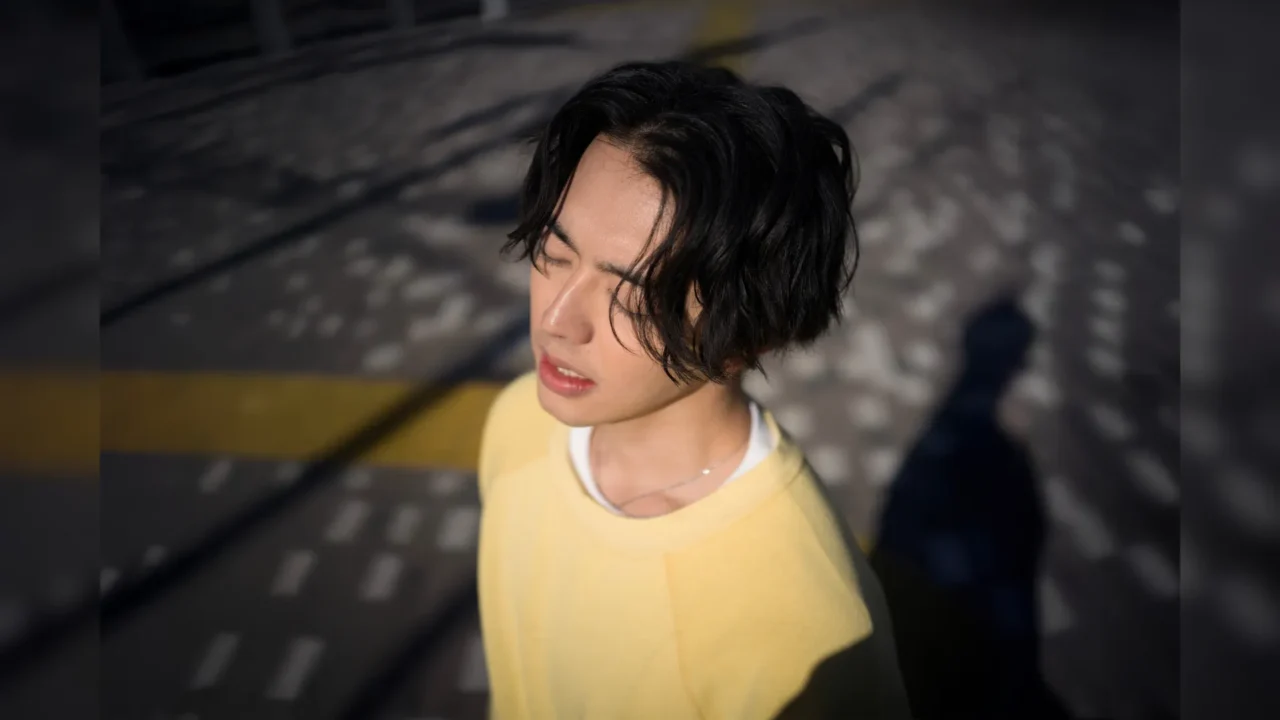“Revisiting HOSONO HOUSE” is a short series celebrating the release of HOSONO HOUSE COVERS, a fresh interpretation of Haruomi Hosono’s landmark album. Written by Ryohei Matsunaga, the series dives into the profound impact HOSONO HOUSE has had in Japan, spotlighting covers by Yuma Abe, Cornelius, and kukuku (Ikuko Harada & Manami Kakudo). Through these artists’ close connections with Hosono, Matsunaga offers a thoughtful exploration of the album’s lasting influence.
INDEX

Musician. Hosono made his debut in 1969 as a member of April Fool. In 1970, he co-founded Happy End, and in 1973, he launched his solo career while also performing as part of Tin Pan Alley. In 1978, he formed Yellow Magic Orchestra (YMO), contributing to the pop music industry as a songwriter, producer, and label owner.
Following YMO’s disbandment, Hosono explored world music, ambient, and electronica, engaging in composition, production, and film scoring. In 2019, celebrating the 50th anniversary of his musical career, he released HOCHONO HOUSE, a reimagining of his first solo album, HOSONO HOUSE (1973).
In 2024, marking his 55th anniversary in music, the tribute album HOSONO HOUSE COVERS, featuring 13 artists, was released.
The Influence of the Haruomi Hosono Style in “Kaze Wo Atsumete” and “Fuyugoe”
I’ve long been fascinated by the way Haruomi Hosono stretches the “no-” in “Fuyugoe” during the latter part of the chorus, especially in the context of the word “seasons.” The way he places the notes against the chords feels almost vague—like a delicate, unmistakable “Haruomi Hosono touch.” In the original version of HOSONO HOUSE (1973), the note is elongated in a straightforward yet subtly undulating manner, somewhat akin to the treatment of the “o-” in “Aozora o” from “Kaze Wo Atsumete” (1971).
The choice of that floating yet linear melody and vocal delivery by Hosono seems to come from a more instinctive, rather than logical, place. In other words, this is what defines his “style.” At the time, Hosono was still unfamiliar with singing, so he might have consciously avoided using vibrato or vocal embellishments (perhaps inspired by James Taylor).
However, the difficult-to-describe choice of scale seems to reflect Hosono’s innate, natural sense that resonates with him personally. It’s like the warmth and loneliness, the “between” of what is known and unknown. The first time I felt this was in the “o-” of Kaze o Atsumete, and then another striking example appeared in “Fuyugoe.”
INDEX
The Undulating “Hosono Style”: Yuma Abe’s Interpretation of “Fuyugoe“
Yuma Abe takes on the challenge of covering “Fuyugoe” on HOSONO HOUSE COVERS. How does he interpret the iconic “no-” in the song?
This track was chosen as the second in the album’s early release series, which kicked off with Mac DeMarco’s “Boku wa Issun.” Abe becomes the first Japanese artist to be featured in this unique lineup.
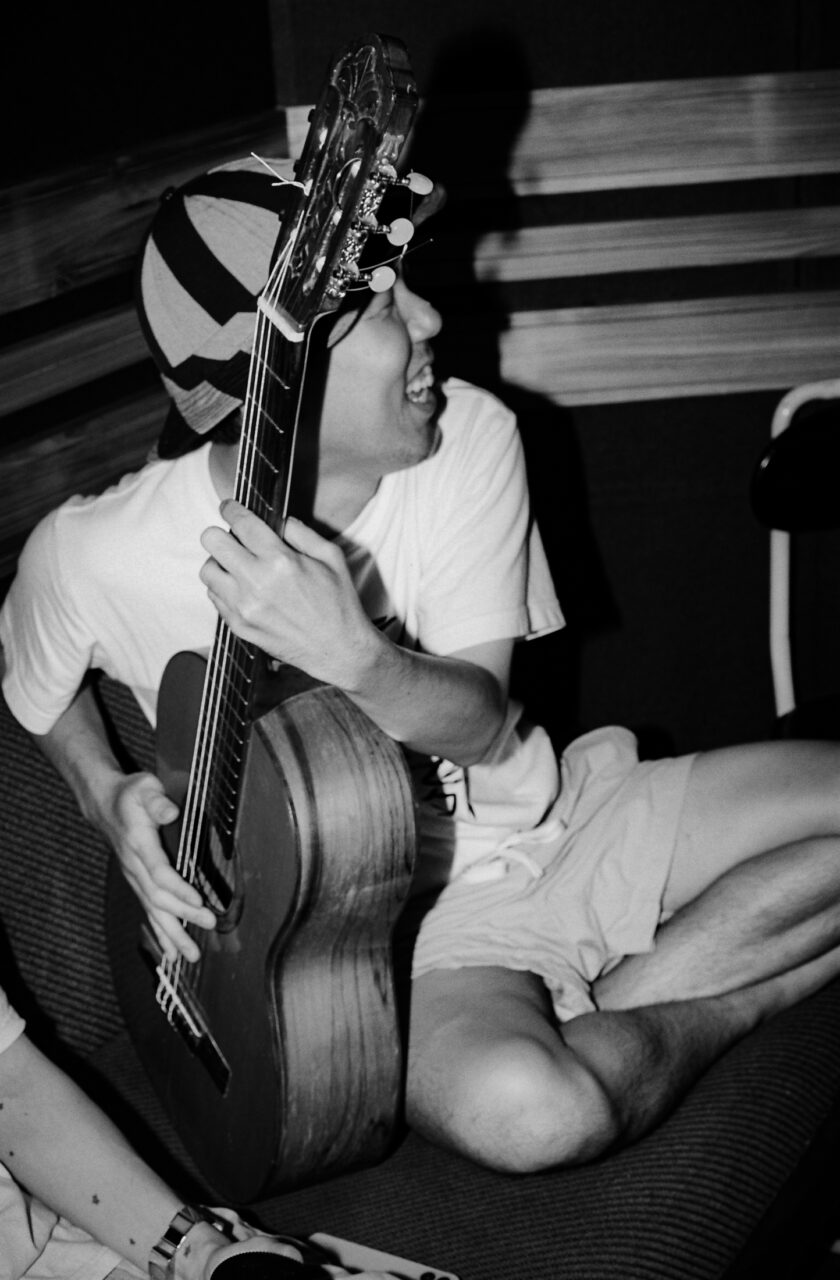
The intro subtly pays homage to the riff from “Sayōnara Amerika, Sayōnara Nippon,” the final track of Happy End’s 3rd album HAPPY END (1972), which was recorded in LA.
This moment reflects a period when Hosono ventured into the “in-between” of American and Japanese music, influenced by encounters with figures like Van Dyke Parks. Meanwhile, Yuma Abe, born in 1990, brings a warmth that feels like inviting the present-day Hosono into a cozy kotatsu gathering. The fluffy female chorus adds to the charm. There’s a sense of an “ABE HOUSE” instead of HOSONO HOUSE, intentionally or not.
As for the crucial “no-“, Abe places emphasis on the “no,” making it slightly sharp before it drops. This subtle shift in accent marks Abe’s unique interpretation of the “fushi” (melody). It also seems reminiscent of a rare solo version Hosono performed at the Hobo’s Concert in 1974. When performing live, it’s possible that the tension in the moment alters how he approaches that part.
By the way, in the self-cover by Hosono himself, released in 2019 on HOCHONO HOUSE, 46 years after the original, the “no” is gently released into the air, rising softly and disappearing. There’s no predetermined notion of what the “correct” way is. Hosono’s expression is not about fixing something as a monument and sticking to it, but about constantly generating undetectable nuances that cannot be analyzed by AI, always conveying the importance of change while moving forward into the future.
INDEX
Three Covers Inspired by a Close Relationship with Haruomi Hosono
The theme of this article is an exploration of the influence of HOSONO HOUSE in Japan, using three tracks from HOSONO HOUSE COVERS: Yuma Abe’s “Fuyugoe,” Cornelius’s “Bara to Yajū,” and Kukuku’s “CHOO CHOO Gatagoto.”
What these three artists have in common is their close relationship with Haruomi Hosono, more so than other participating artists. Yuma Abe has received music lectures from Hosono alongside Hama Okamoto through the Onkatsu Natalie column “Hosono Seminar.” Keigo Oyamada of Cornelius has also been a long-time supporter of Yellow Magic Orchestra since its revival in 2008.
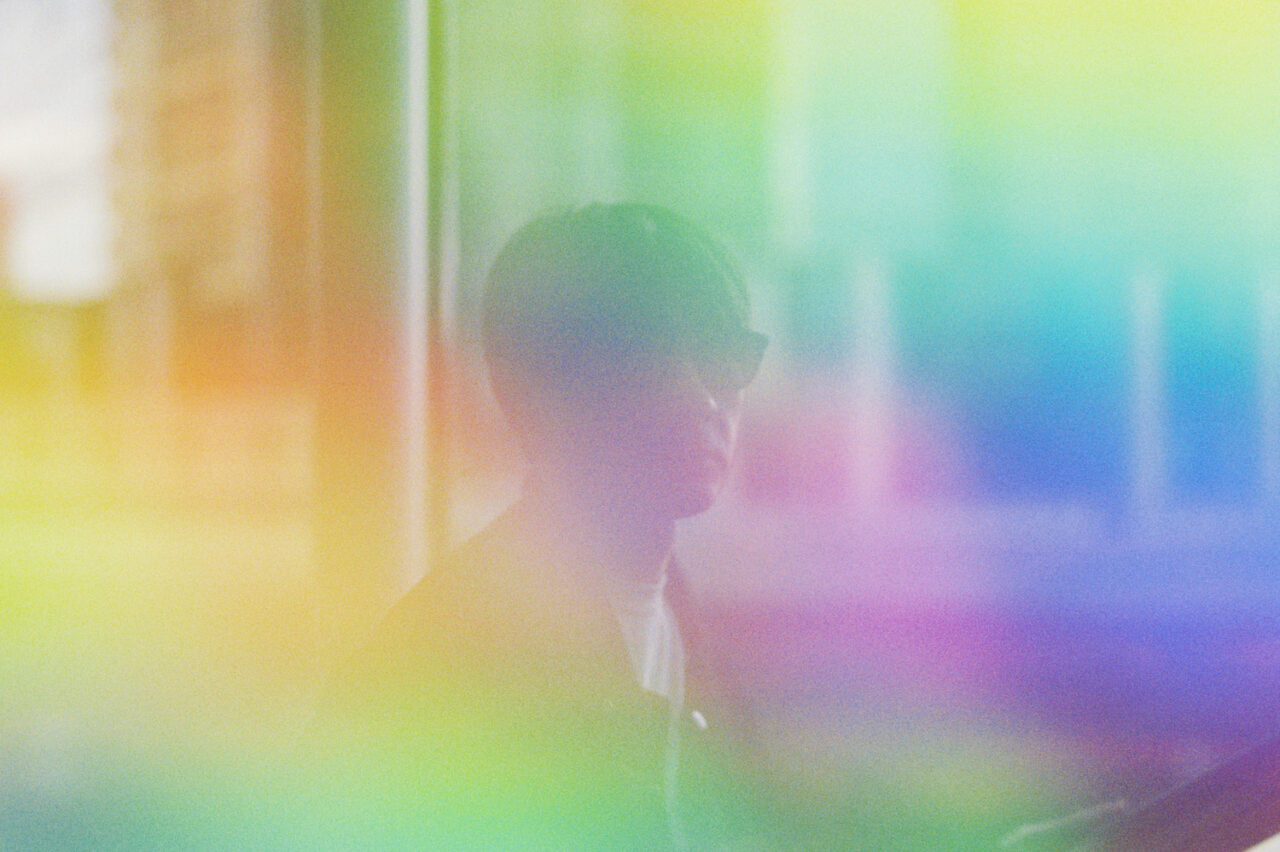
The music unit “Kukuku,” consisting of Ikuko Harada and Manami Kakudo, supported Haruomi Hosono’s concert at Osaka’s Nakanoshima Public Hall on June 26, 2022, with their free-spirited performance, marking Hosono’s first concert in five years. They also collaborated on track production with Hosono for Narumi Yasuda’s self-cover of “Kaze no Tani no Naushika (2024 Ver.)” which was released after 40 years. Additionally, they accompanied Hosono for a performance in Bali in June 2024.
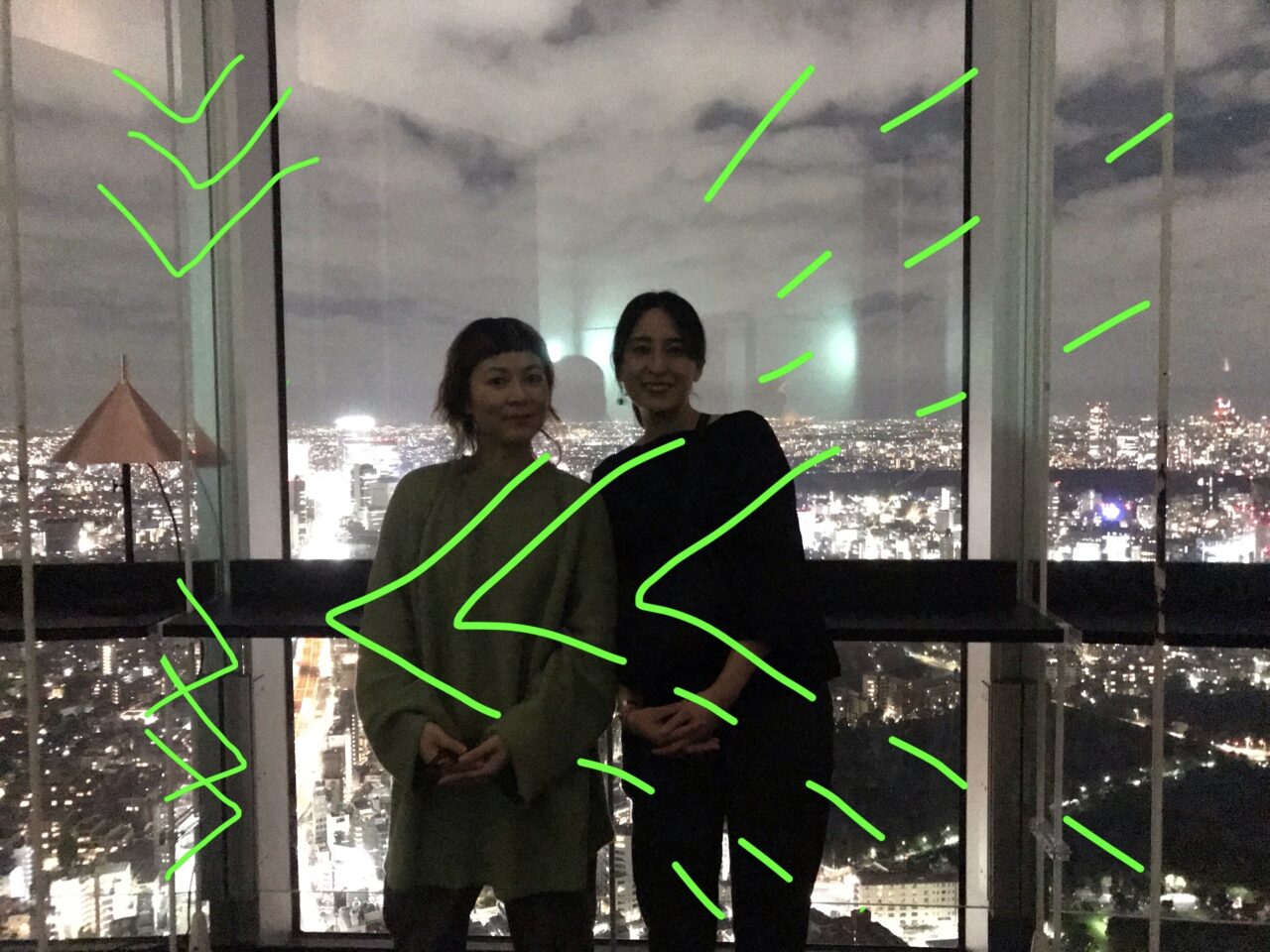
The close relationship with Hosono may have played a part in this, as from the covers by these three artists, one can sense a certain exploration of Hosono’s “awai” (the in-between space) from multiple angles, including their music careers and personalities. It feels like they are delving into the atmosphere, humor, and love for music they’ve picked up from conversations with him. In other words, rather than a broad influence on Japan as a whole, it may be more accurate to say these are the latest versions of the questions and influences posed by those who have been closely connected with Hosono.













